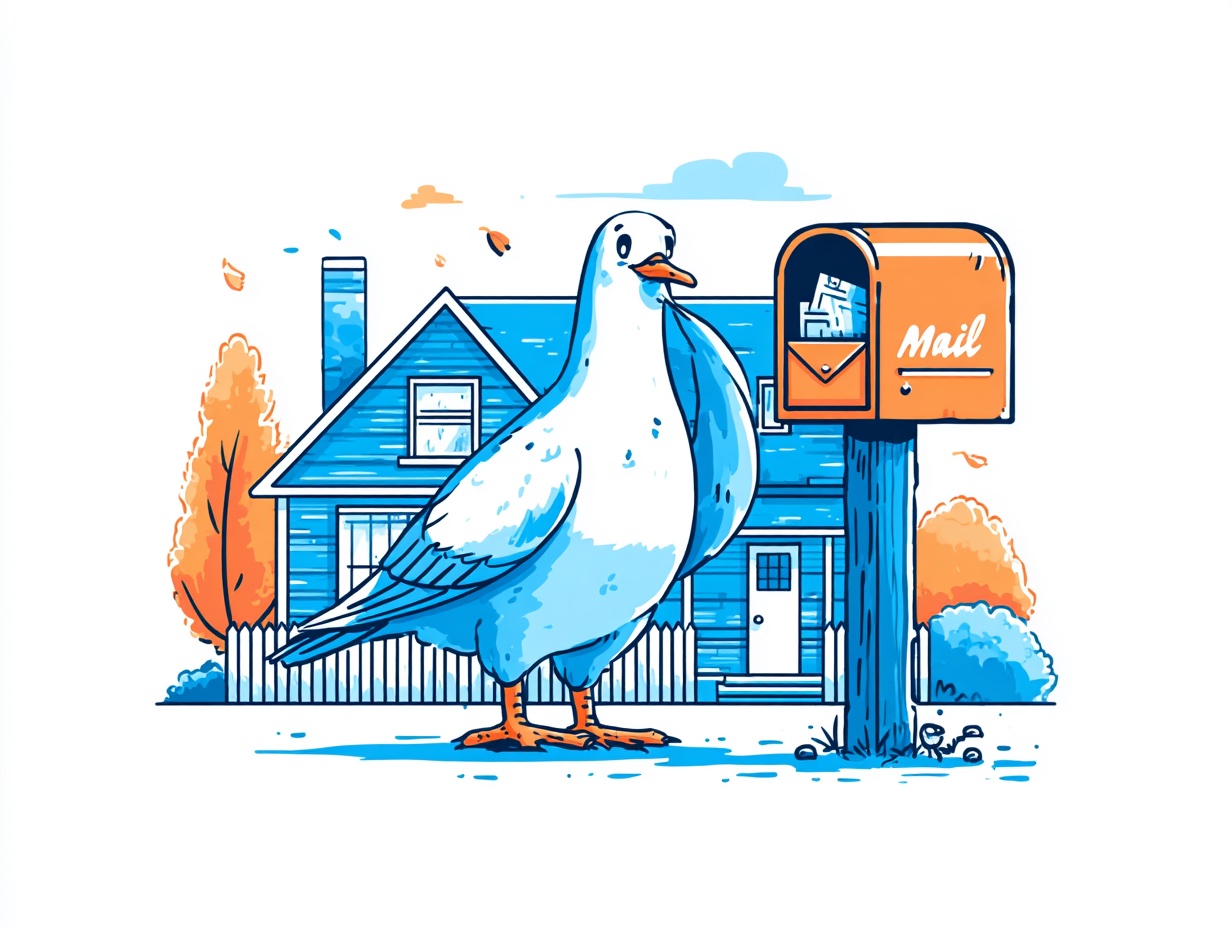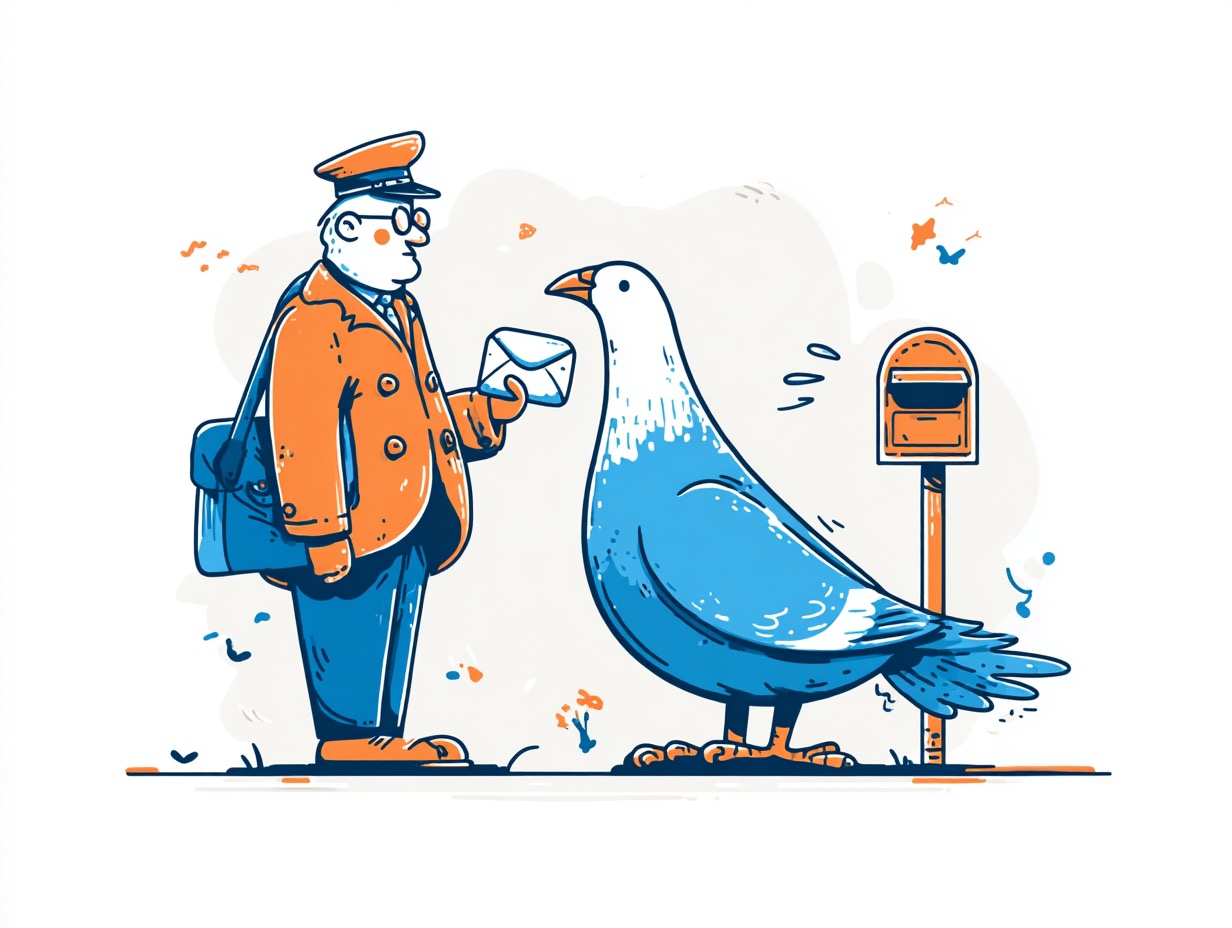How Much is a PO Box in 2025? Monthly and Yearly Pricing

Key takeaways
- PO Box rental prices vary by size, term, and location, with USPS rates typically cheaper than private providers.
- You’ll pay more for extras like 24/7 access, physical street addresses, or mail forwarding.
- You can’t use PO Boxes as legal addresses. In addition, banks, government forms, or delivery services don’t always accept them.
- You’ll need ID and address documents to get started, and most locations require 3-, 6-, or 12-month upfront payment.
- Virtual mailboxes like Postal offer more features like AI handling, scans, and HIPAA compliance for less than the average PO Box setup.
How much is a PO Box in 2025? It depends on the size you pick, where it’s located, and how long you want to keep it. What used to be a simple errand has gotten more layered, especially with more people managing businesses remotely. If you're weighing the pros, cons, and costs, we’ll break it all down so you know exactly what you're getting into.
How much does it cost to open a PO Box?
Most USPS PO Boxes cost anywhere from around $5 to over $100 per month, depending on box size, location, and how long you rent it for. Prices are higher in busy urban ZIP codes and for larger boxes. While the lowest tier works for basic mail, businesses or frequent users often need something bigger, which comes at a higher price point.
How much is a PO Box monthly?
If you’re paying month-to-month, expect to spend around $5–$10 per month for a small box in a low-demand area. Medium boxes in the same location usually fall between $10–$15. In major cities like New York or San Francisco, small boxes often start at $20–$30 per month, while medium or large ones can reach $70 or more, depending on demand.
How much is a PO Box for a year?
Opting for a 6- or 12-month rental usually brings the price down slightly per month. USPS offers around 10–15% savings for longer-term commitments, depending on location and box size. While that might not sound like much, it adds up, especially for small businesses planning to stay put.
How much are PO Box set up costs?
Opening a PO Box is fairly straightforward, but there are upfront costs to factor in. USPS usually requires a refundable key deposit, which typically $3 per key. You may also be charged a small fee if you need extra keys or change locks later. Beyond that, there’s no separate setup fee. Just prepay your rental and you’re good to go.
Can I use a PO Box for my business?
Technically, yes, but with limits. Many banks, government agencies, and business partners won’t accept a PO Box as your official business address. If you need to open a bank account, register an LLC, or receive legal documents, you’ll likely hit a wall. It’s fine for basic mail—but not ideal if you’re trying to look professional or stay compliant. See further down in the article for smarter alternatives.
What do you get when you rent a PO Box?
At its core, a PO Box gives you a locked mailbox inside a USPS location. You get a physical address (not a street address), a key or code for access during lobby hours, and the ability to receive standard mail and some packages. That’s it—no notifications, no forwarding, and no scans unless you go in and check yourself.
Things that affect your PO Box cost
PO Box pricing isn’t one-size-fits-all. It depends on several variables that can drive the cost up or down. Here’s some useful guidance on what affects the final price.
ZIP code and location demand
Location plays a big role in how much your PO Box will cost. USPS rates are tied to demand. As such, boxes in busy ZIP codes like those in New York, San Francisco, or Los Angeles tend to be more expensive. In quieter, rural areas, you’ll usually pay much less for the same size box. If you’re aiming for a premium business address, expect to pay a premium price.
Looking for that professional image without the inflated cost? Postal offers premium business addresses at competitive, transparent rates with no hidden fees.
Box size
The larger the box, the higher the cost. That part’s obvious, but size also determines what kind of mail you can receive. If you're expecting more than just letters (think padded envelopes, paperwork bundles, or product returns), you’ll need something more spacious.
Here’s how USPS breaks down its standard PO Box sizes:
Rental duration
Your rental term directly affects how much you pay per month. USPS pricing favors longer commitments—usually with small discounts for 6- or 12-month terms. It’s not a huge drop, but for businesses planning ahead, those savings add up. Plus, locking in a longer term helps you avoid rate hikes or availability issues later on.
Key deposit and extras
Each PO Box rental includes a refundable key deposit, which is usually $3 per key. Need an extra or lose one? That’s another small charge. USPS also charges a fee if you need to change locks, which can happen if your keys go missing. It’s not a major expense, but worth knowing so you’re not caught off guard.
Package acceptance
Most PO Boxes only accept mail delivered by USPS. That means no FedEx or UPS—unless your location offers “Street Addressing,” a service that gives your PO Box a street-style address for added compatibility. It’s not universal and may come with an extra fee. If you’re expecting regular package deliveries, especially from multiple carriers, a larger box and Street Addressing are usually a must.
Mail forwarding
By default, PO Boxes don’t include mail forwarding. If you want your mail sent elsewhere, you’ll need to set it up separately through USPS, which usually comes with added fees. It’s manual, not instant, and not always consistent. If you’re on the move or running a remote business, this setup can be clunky compared to virtual mailbox services that typically handle forwarding automatically.
How to set up a PO Box
You won’t need much to get started with a PO Box, but there are a few steps to go through before it’s active and ready to use. Here’s how the process normally works.
Choose your location
The USPS location you choose will shape your day-to-day experience. If the box isn’t nearby, picking up your mail turns into a chore, especially if you're expecting checks, time-sensitive forms, or government notices. Even with a larger box, overflow notices still require an in-person visit. Pick somewhere that fits into your routine.
Pick the right box size
Don’t just choose for today. If you’re expecting growth—more mail, more returns, or more clients—it’s smarter to size up early. Small boxes reach capacity quickly, and when that happens, USPS sends overflow notices that require extra trips. Avoid the back-and-forth by planning ahead. A little extra space now usually beats the hassle of switching boxes later.
Select a rental term
USPS offers 3-, 6-, and 12-month rental options. If you’re just testing the waters or unsure about volume, go shorter. But if you’re running a business or know you’ll need the box long-term, a 6- or 12-month term keeps your rate locked in and slightly lowers your monthly cost.
Just remember that availability can shift quickly, especially in high-demand areas. As a result, locking in early can save you the headache of losing your spot.
Complete your application
Once you've chosen your box, it's time to lock it in. Apply online through the USPS website or head to your selected location and fill out Form 1093. Either way, you’ll need two forms of ID—one showing a photo and the other proving your physical address.
USPS won’t accept a PO Box as proof of residency, so bring something like a utility bill or lease. If you're applying in person, bring originals. For online applications, you’ll still need to visit the post office later to verify in person, so choose a location you can reach easily.
Verify your identity
This step’s non-negotiable. Even if you applied online, you’ll need to show up in person with two forms of ID—one photo, one showing your current physical address. A driver’s license and utility bill are usually acceptable. Make sure the address matches what you submitted in your application. Without this step, USPS won’t activate your box.
Alternatives to PO Box rental
PO Boxes aren’t the only way to receive business mail, nor are they always the most practical. If you need more flexibility, better access, or smarter handling, there are other options worth considering.
1. Private mailbox services
Shops like UPS or mailbox centers offer real street addresses (not just PO Boxes), along with package signing and forwarding. You can pick up mail anytime during store hours, but hours vary and added services can come at a markup.
2. Virtual mailboxes
For remote teams, digital nomads, or anyone managing admin from a laptop, virtual mailboxes are where things get more interesting. Services like Postal give you a permanent, real-world street address, but everything else happens online. You get notified when mail arrives, then decide whether to open and scan, forward, or shred it—all from your dashboard.
That’s not just convenient. With Postal, you also get extras that traditional mailboxes can’t match:
- AI tools to summarize mail, flag deadlines, and draft responses
- Searchable archives
- Compliance support, including HIPAA and SOC 2
- Automated rules so recurring mail gets handled how you want, without you lifting a finger
And no, you don’t need to pick it up yourself—ever.
Try Postal for free for 6 months. With a Startup plan priced at $49/month, Postal’s 6-month free trial gives you $294 in waived fees. That’s a saving of roughly 20–25X the average monthly cost of a basic PO Box.
Frequently asked questions about PO Box costs
Comparing PO Box prices or wondering what drives the differences? These FAQs cover the key cost-related questions people often have.
Can I use a PO Box as a legal address?
Usually not. Most legal forms, including business registration and banking documents, require a physical street address—not a PO Box—as your official point of contact.
Can you pay monthly on a PO Box?
Yes, USPS offers monthly payment options, but not at every location. Some boxes might require a 3-, 6-, or 12-month rental instead, depending on availability.
Is it cheaper to get a PO Box at USPS or UPS?
USPS is usually cheaper, especially for smaller boxes. UPS tends to charge more, but you’ll get a real street address and extra services in return.
Do you have to pay for a PO Box or can you get one free?
You might qualify for a free USPS PO Box if your home doesn’t get mail delivery. Otherwise, expect to pay, unless you try a virtual mailbox trial.
Will Amazon deliver to a PO Box?
Sometimes, but not always. Amazon ships to PO Boxes using USPS, but larger items or third-party sellers may require a street address instead. Always double-check at checkout.
Is getting a PO Box worth it?
It depends on your needs. If you just want basic mail security or privacy, it can work, but virtual mailboxes offer more flexibility for similar costs.
Do I need proof of address for a PO Box?
Yes, USPS requires two forms of ID—one with a photo and one confirming your address. You’ll need these to complete the PO Box application in person.
Do banks allow PO Box addresses?
Most banks won’t accept a PO Box as your primary address. They typically require a physical street address to meet identity verification and compliance requirements.
Manage your mail from anywhere
Never lose a letter or change your business address again.




